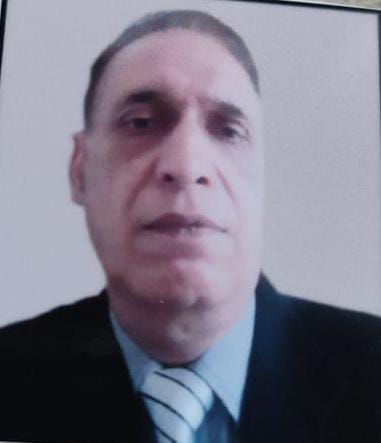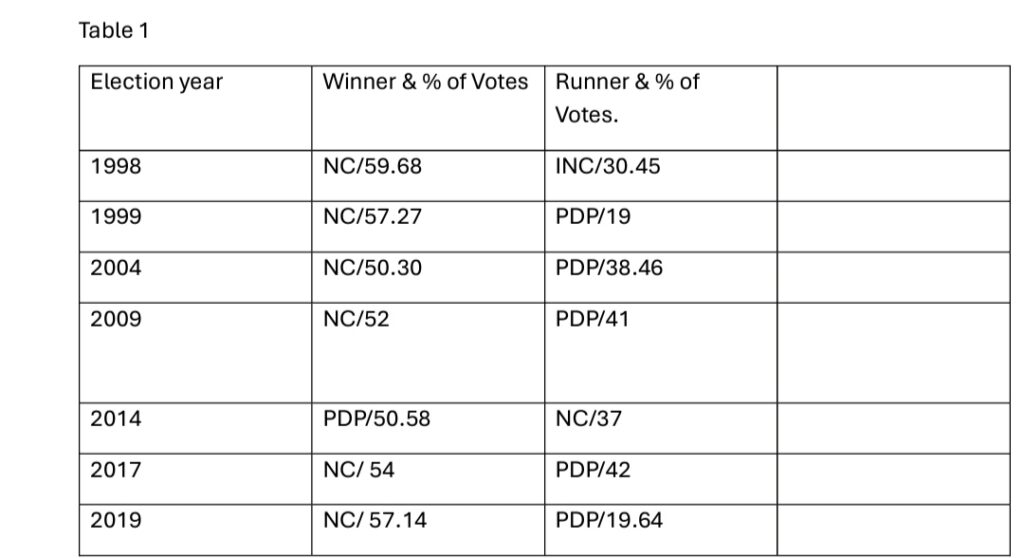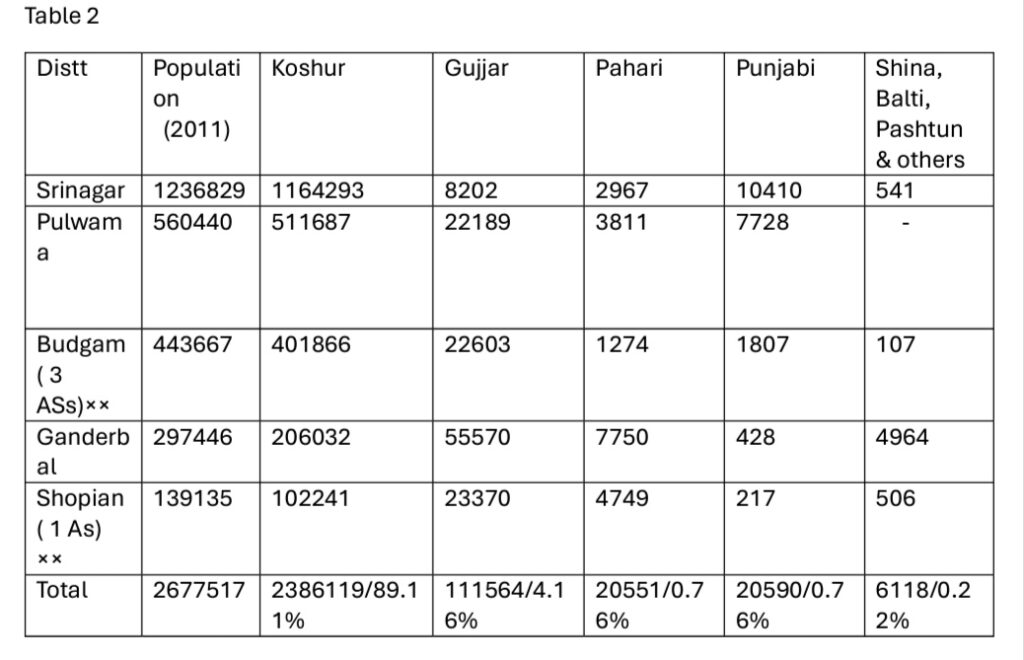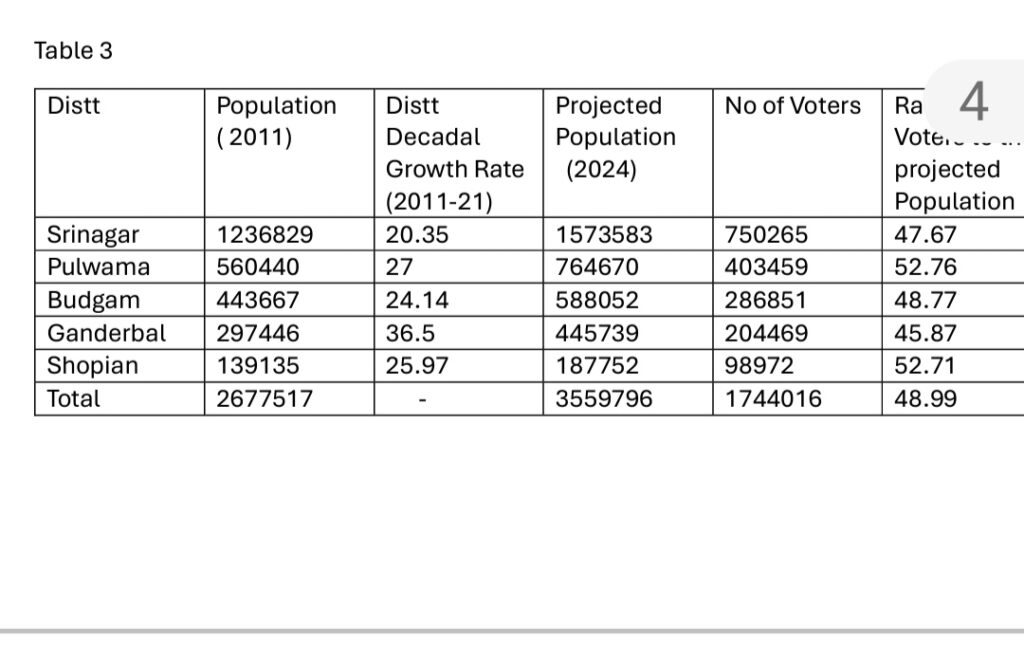NC wave in Srinagar city, PDP holds some perceptible sway outside

Latief U Zaman Deva
The opaqueness of electoral processes conducted in J&K since 1951 is a recognised fact. It
was only after the Indira-Abdullah Accord of 1975 that transparency in elections coupled
with the neutrality of the executive became the twin distinguishable features enthusing the
public at large in electoral politics.
During the Congress (INC) rule, beginning in 1964, select constituencies were earmarked
for fair elections primarily for easing out odd official nominees of the party and addressing
the concerns of the opposition parties in the country as well as media at the international
and national levels about the guided outcomes through brute mass rigging. The Srinagar
Parliamentary constituency during the 1971 elections fitted with the enunciated poll
strategy and therefore a momentous development having far-reaching consequences in
coming years on the State’s political spectrum.
At the beckoning of Sheikh Mohammad Abdullah, incarcerated in Delhi, Shameem Ahmed
Shameem, an independent MLA from Shopian (1967) contested in the Srinagar
parliamentary elections in 1971. He trounced Bakshi Ghulam Mohammad, by obtaining
61.78% votes, which was a remarkable achievement as he defeated the candidate from
the ruling party and made the first exception to this established generality of the times.
If Pandit Nehru were alive in 1971, he would have had to reconsider his characterization
of Kashmiris as “tameable comfort lovers.” Despite being praised as the modern builder
of the state and a saviour for the downtrodden, malnourished, and impoverished
masses, Nehru would have had to acknowledge Kashmiris’ assertion in punishing Bakshi
without mercy for his betrayal in 1953.
The integrationists and opponents of the Plebiscite Front aligned with Bakshi, despite
their differing political ideologies, but ultimately had to accept defeat. This unexpected
alliance between opposing ideological factions was evident again during the 1977
Parliament elections, where Begum Sheikh Mohammad Abdullah, as the candidate of
the revived National Conference (NC), won with 67.73% of the valid votes cast
Ever since the constituency was established in 1967, the National Conference has won its
elections ten times, INC and its supported candidate twice and People’s Democratic Party
(PDP) once. The outcomes of elections held since 1998 are in Table 1.
Election year Winner & % of Votes Runner & % of Votes.

Impact of delimitation & interplay of ethnicities
The recent orders of the Election Commission of India changing the polling date from 7
th
May in 3rd phase to 27th May 5
th phase for the Parliamentary constituency Anantnag
reaffirms the skeptics about the irrational and ill-intentioned delimitation of the
Parliamentary constituencies in J&K which was resorted to despite freeze imposed on fresh
delimitation till 2026 in rest of the country under the 84th Given that almost 90% of the population in this constituency is Koshur, the influence of
other ethnic groups on election results will be minimal. This is because there is a
widespread popular inclination among people of all ethnic backgrounds to use their
voting rights as a means to express their disapproval of the revocation of Article 370,
regardless of their specific ethnic identity.
The ethnic profile of the constituency is in Table 2

2%× 2 % have during the census 2011 returned their mother tongues as are generally spoken
outside J&K.
××Assembly segments
Voter–Projected population ( PP) ratio
In all of Jammu and Kashmir, the voter-projected population (PP) ratio is the lowest in
Ganderbal at 45.87, followed by Srinagar and Budgam at 47.67 & 48.77 respect Against the dismal position in these three districts, Jammu has attained 70.94, Samba
66.26, Kathua 63.72, Kulgam 63.64, Baramulla 61.78 and Bandipora 61.25. The matrix in
the remaining districts ranges between 52.80 to 59.25 %. The analysis of Anantnag- Rajouri
and Baramulla–Kupwara Constituencies has its base on UT level Decadal Growth Rate of
23.70 ( 2011-21) against District Decadal Growth Rates ( DDGRs) invoked in Parliamentary
constituencies of Udhampur-Doda, Jammu- Samba and Srinagar–Pulwama
This suggests that the index of the first two constituencies will further deteriorate if their
respective DDGRs are applied.
Assuming census data as sacrosanct, one can imagine how lakhs of eligible persons have
been deprived of their voting rights unless the census data itself suffers from inaccuracies.
Going by the size of the population covered under the Public Distribution System and the
number of beneficiaries under various centrally sponsored schemes and programmes, the
lapses by public servants can’t be ruled out. They seem to have perfunctorily dealt with the
campaign initiated by Election Commission of India for the registration of left-out eligible
persons as voters.
It is late in the day to seek redressal of the mismatch, especially when we are halfway
through the elections, but this should be taken up on a priority after the Constitution of the
18th Lok Sabha. It is important to diagnose the causes attributable to glaring discrepancies
and make suitable rectifications. The voter – Projected population ratio is in Table 3
hereinbelow:-
Table 3

Amendment Act 2001 of the
Indian Constitution.
As per the delimitation of 2022, the assembly segments of Beerwah and Budgam in
Budgam district having voter strength of 2.22 Lakhs were excluded from the parliamentary
constituency of Srinagar. Instead, all four assembly segments of district Pulwama and one
assembly segments of Shopian district were included in Srinagar constituency, thereby
adding over 5 lakh voters to the otherwise dominantly urban constituency Two ideal candidates
Regional Parties are likely to face existential threats in coming years, more so during BJP
rule unless in the backdrop of de-operationalization of Article 370 they come out with a
realistic political road map for a review of the working of the Constitution of India. The
Republic of India in recent years has evolved into a highly centralised set up. A country
entrenched in ethnic, linguistic and political diversities can hardly afford to follow the “one
size fits all” doctrine.
The NC and PDP candidates in the fray are two sides of the same coin whose parties are
unrelentingly centrifugal in so far as constitutionally sanctified empowerment of federating
units is concerned. Both are publicly acknowledged for their impeccable integrity, rated as
thinkers and visionaries with transparent and unambiguous political ideologies, and linked
to popular achievable aspirations.
Agha Ruhullah became a beloved figure for thousands of people due to the narrative he
presented in response to the unilateral revocation of the special status enjoyed by
Jammu and Kashmir until August 5, 2019. At times, there were concerns about whether
he would take decisive action. His public life, involvement in religious, social, and
political discussions, as well as his role as a Minister, have made him popular among
younger generations.
On the other hand, Wahid ur Rehman Para is known as a skilled strategist and a very
likable person. He is gifted with eloquence and is a staunch advocate of Kashmiri subnationalism.
The top leaders of both candidates are clear and direct in criticizing the communal
agenda of the BJP in general and the regrettable statements made by the Prime Minister
specifically targeting Muslims. However, lower down the hierarchy, especially at the
middle management level in both parties, the focus is more on the individual candidates
rather than discussing the broader political dynamics of constitutional and socioeconomic
issues.
In contrast to the past thirty years, both young and old are determined to vote this time,
despite initially feeling discouraged by disunity among regional and secular parties.
In downtown and its outskirts, which are strongholds of the NC, bolstered by the historic
double Farooq (Abdullah-Mirwaiz) amity of 1983 and now supported wholeheartedly by
active supporters of the Aghas, there is a one-sided battle against opponents who are
thinly spread and lack credible local support. However, beyond this region, in areas like
Pulwama, Budgam, and Ganderbal districts, the contest is more noticeable.
A visible wave seems to be sweeping Srinagar core with votaries of the ‘Plough’ in all
sections of the society. However, outside the limits of Srinagar Municipal Corporation, the
crowds out on the streets are enjoying, what Z.A Bhutto said, “democratic confusion of Indian
democracy”. However, people here are circumspect, in general, about the party or candidate they
would vote for.
There’s a new trend emerging where similar groups are seen attending meetings of rival
candidates, which is a departure from the usual scenario in urban areas and past instances where
they would avoid participating in activities of political parties or candidates they didn’t support.
Issues at Stake
Overall, the people have distanced from the electoral issues in mainland India and are instead
converting the occasion into a referendum on the revocation of special status and the split of the
erstwhile State into two entities. The gains in one territory for a party are set off by the strong
position of another party in another territory or area but as a whole, it is NC vs PDP.
The DPAP, Apni Party, and Peoples Conference (PC) are also deeply engaged in current
electoral politics, primarily assessing the potential gains they expect to receive
individually. This evaluation serves as a preliminary step in determining the distribution
of seats among the designated alliance partners for the upcoming Assembly elections
under the leadership of Ghulam Nabi Azad.
The outcome and the proportion of valid votes garnered by the Apni Party in the
Srinagar parliamentary constituency will determine whether, during the 2014-15
Assembly elections, its leaders and other senior figures had personal vote banks or
whether their success was influenced by both positive and negative votes for the PDP.
The PDP was portrayed by its top leadership as the heir to the political legacy of
Kashmiryat, which envisions a sovereign state government within the confines of the
constitution along with détente between India and Pakistan, & seen as crucial for
ending the prevailing uncertainty. Many contemporary political activists often harbor illusions upon being elected,
disregarding the intricate interplay between Kashmiri political sentiments and subnationalism,
which often revolve around charismatic leaders.
In the beginning of the election campaign, the 52100 migrant voters had exhibited a
tremendous amount of interest in the elections but the non- fielding of candidate by the
BJP has not gone down well with them. The contestants particularly political parties should
make public their visions about the temporary rehabilitation of migrants at their existing
places of domicile in Jammu province, as well as spell out an Action Plan for their gradual
return and permanent rehabilitation to their native places.(Courtesy Kashmir Times)
The author is IAS ( Retd) & former Chairman J&K Public Service Commission

